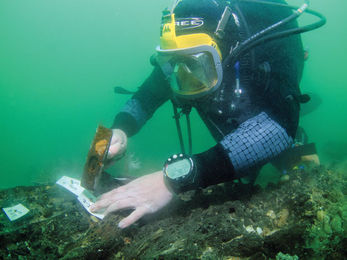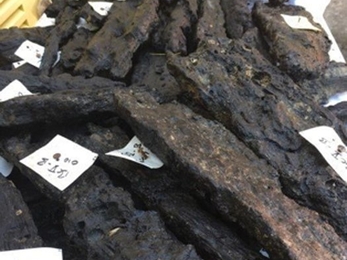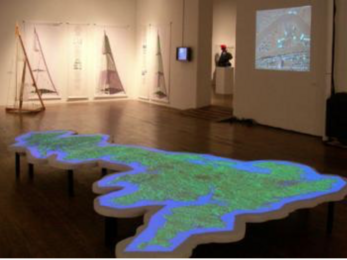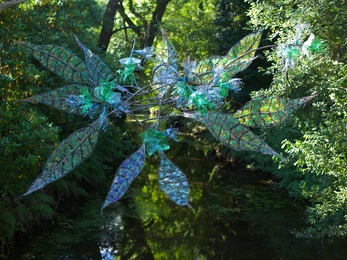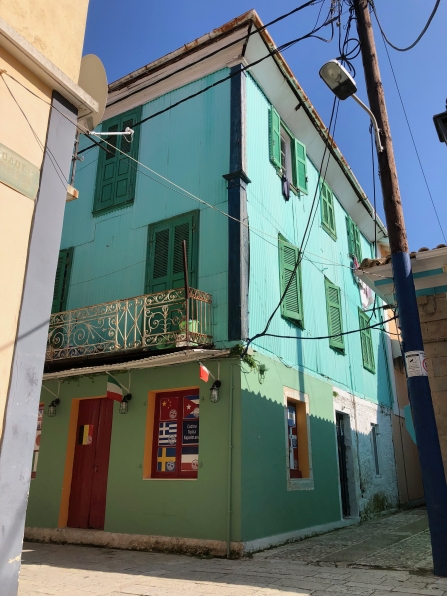When you look at the Solent on a calm day it is very hard to imagine that the Isle of Wight - and in fact England, Wales and Scotland - became an island due to one cataclysmic event in around 6100 BC. Roughly 70 miles off the coast of Norway, a 200-mile stretch of seabed shelf slipped deeper into the North Sea, creating a cavernous void. Sea water from every direction surged into it, before returning in an equal and opposite surge; a huge tsunami.
After seeing the sea sucked away, as if by a massive low tide, the British Isles were now in the path of an enormous wave. It became the most powerful natural disaster in the Western world in 8,000 years. The giant wave destroyed everything in its path and reached 50 miles inland, the higher waters submerging the land connections between Great Britain, the Isle of Wight, and Continental Europe. What had at one time been a river and marshland where settlers went about their business was no more: two new islands and the Solent had been created.
The waters of the Solent have kept the secrets of this lost land for thousands of years. Recently a team of divers at Bouldnor Cliff thought they had uncovered the remains of a forest, but soon realised the timbers were something else altogether: the oldest boat building yard in the world. Although about 40 ft deep, the site is in danger of being lost due to the area's strong currents, and this led archaeologist Gary Momber to excavate the site. Historian Neil Oliver even recorded the moment when, as a novice diver, he came face-to-face with the oldest boatyard in the world. Artefacts have been so well preserved by the anaerobic sediment that even the possible remains of rope have been retrieved!


